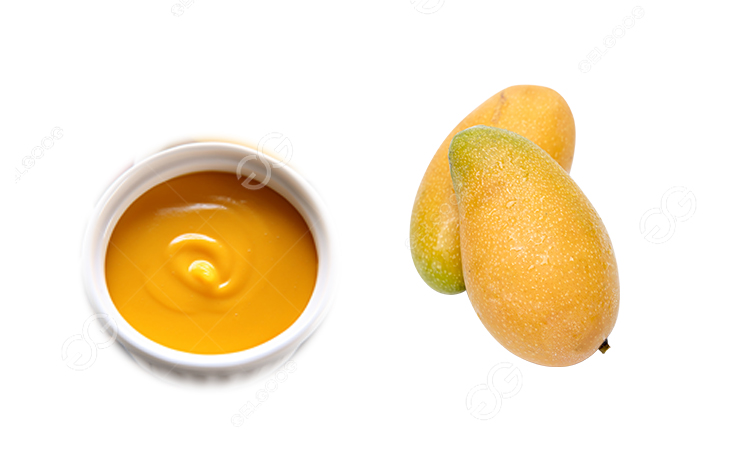Mango pulp is widely popular for its delicious taste and rich nutritional value. So what is its production process? Its production process is relatively simple, but each step is crucial, especially the pulping process. The following will introduce the production process of mango pulp in detail.

- Washing
The first step in producing mango pulp is washing. This step is mainly to remove dust, pesticide residues and other impurities on the surface of the mango. Usually it is washed with running water, and sometimes a special cleaning agent is used to ensure that the surface of the mango is thoroughly clean.
- Peeling
After washing, the peeling stage begins. The purpose of peeling is to remove the outer layer of the mango peel for subsequent processing. Peeling can be done manually or using dedicated mechanical equipment. Manual peeling can better control the thickness of the peel, but the efficiency is lower; mechanical peeling is more efficient, but may cause some loss of pulp. Regardless of the method used, ensuring the integrity of the pulp after peeling is the key.
- Pulping
Pulping is the core process of producing mango pulp, which has a direct impact on the final taste and quality. In this process, the peeled mango pulp will be put into the mango pulping machine for crushing. The time and speed of pulping will affect the fineness and taste of the mango pulp. In addition, it is also important to adjust the speed and time of the pulping machine, which can be adjusted appropriately according to the maturity and variety of the mango.
- Filling and storage
After pulping, the mango pulp will be filtered to remove fine fibers and impurities before filling. Before filling, ensure that the container is clean and sterilized to avoid microbial contamination. After filling, the mango pulp can be cooled and stored, usually at low temperature to maintain its freshness and flavor.
If you have any questions about mango pulp processing equipment, contact us.